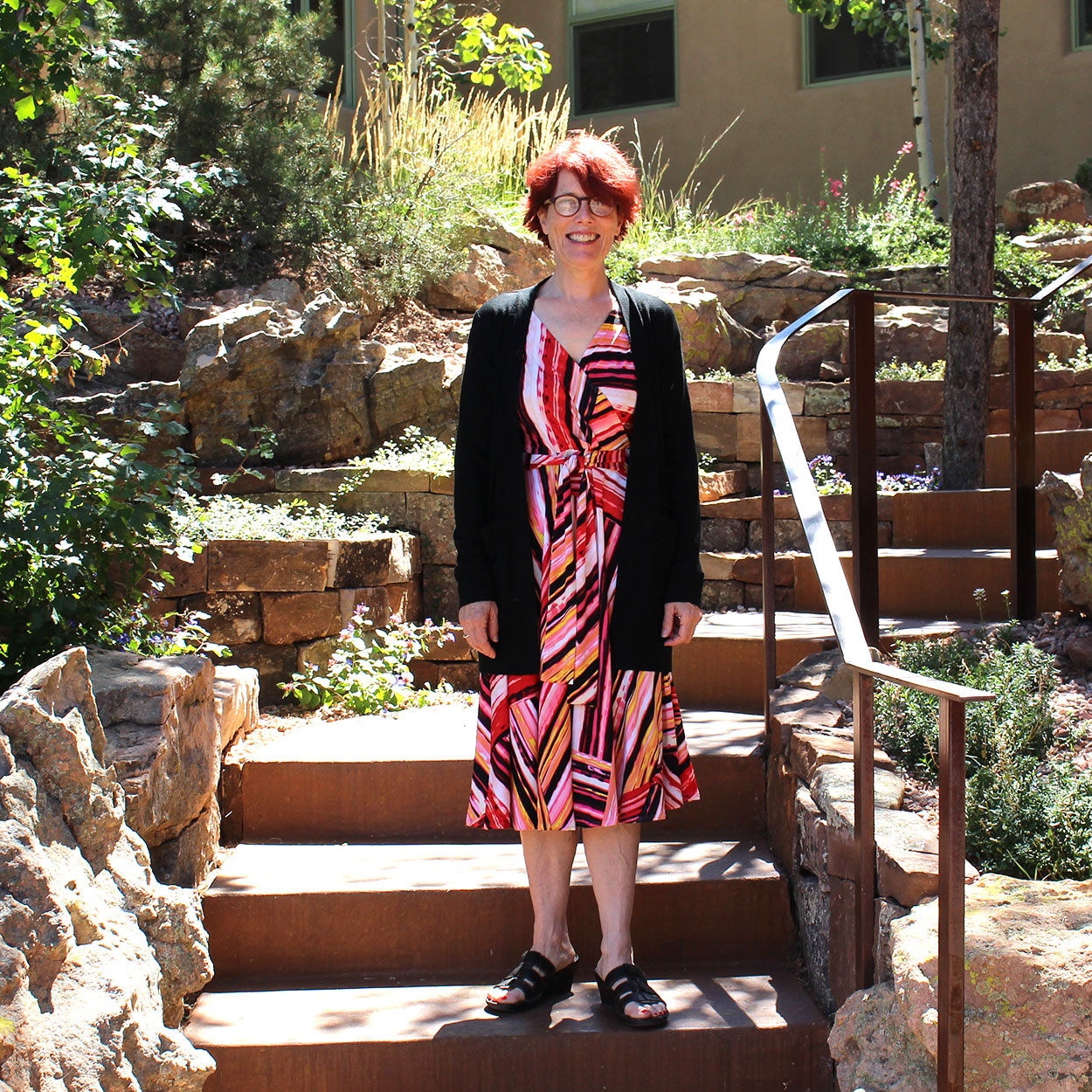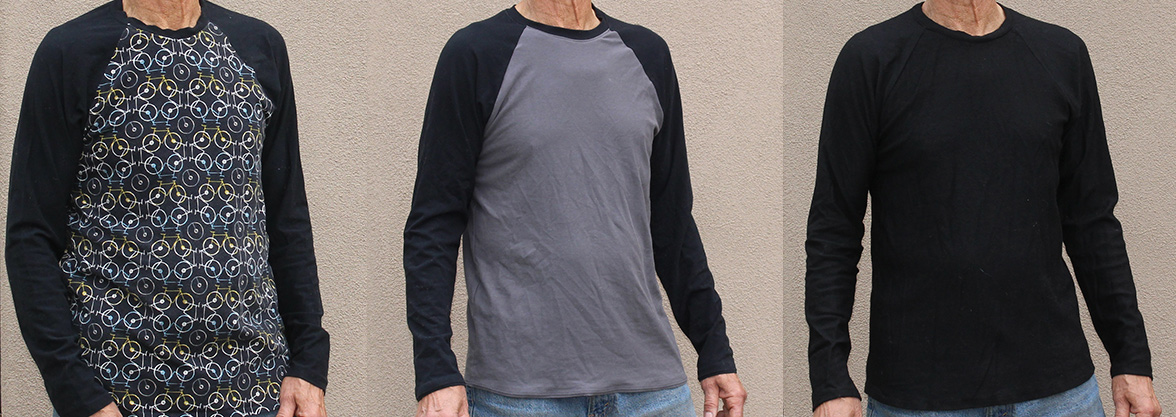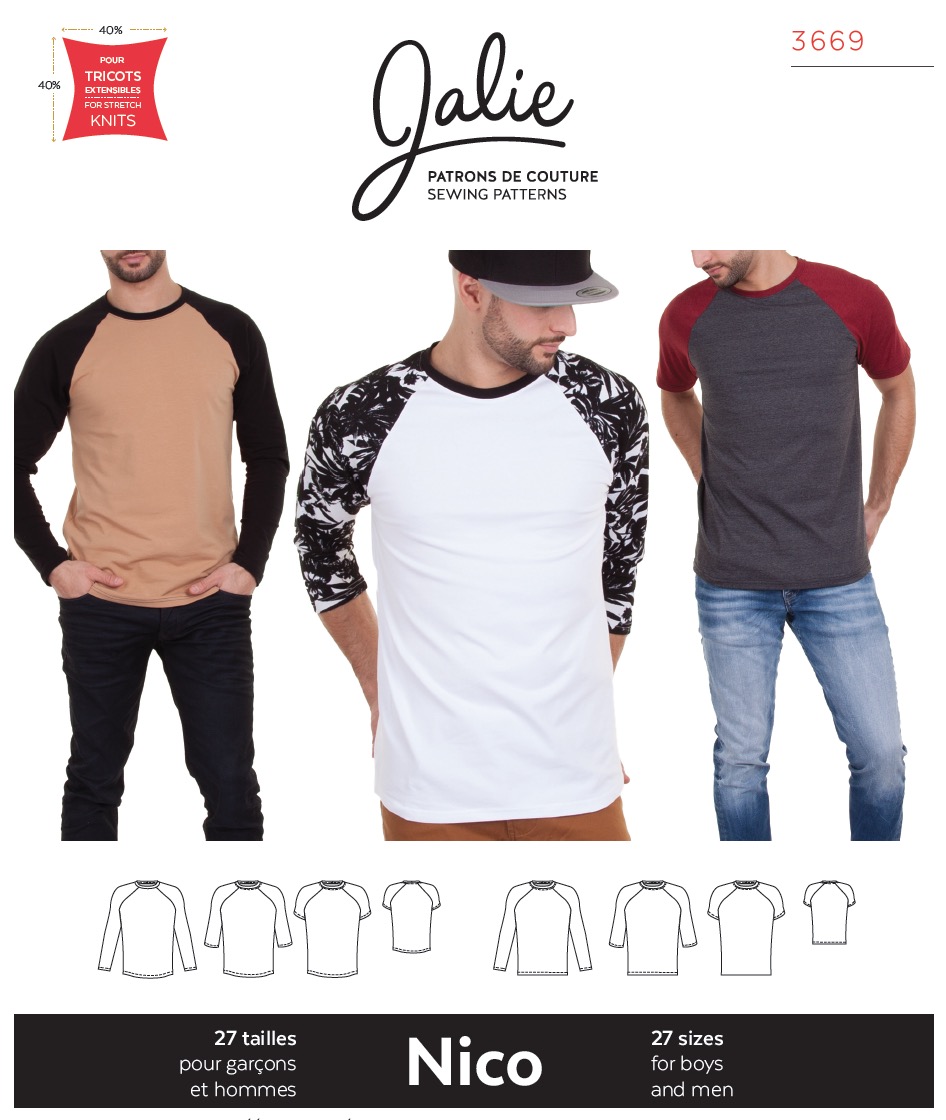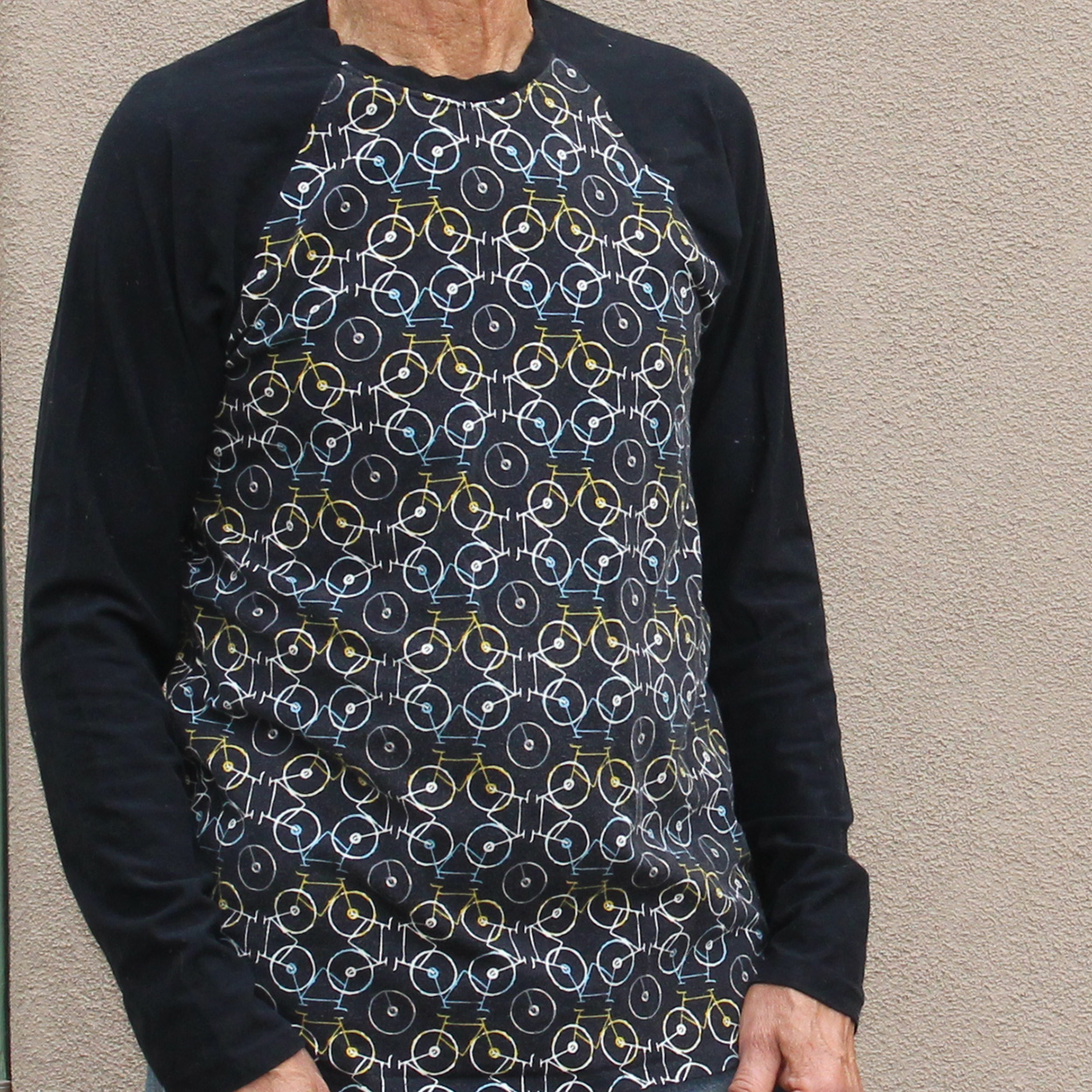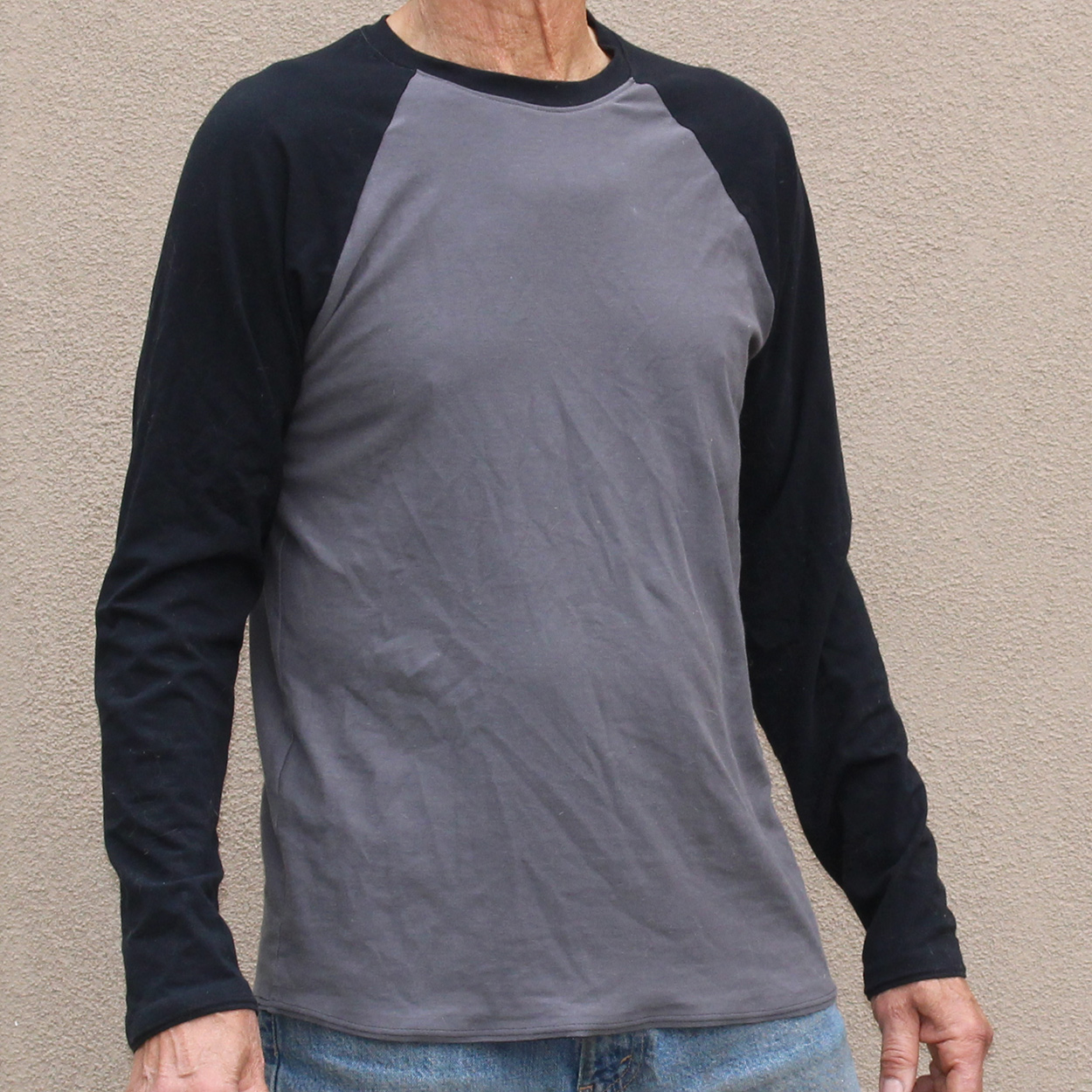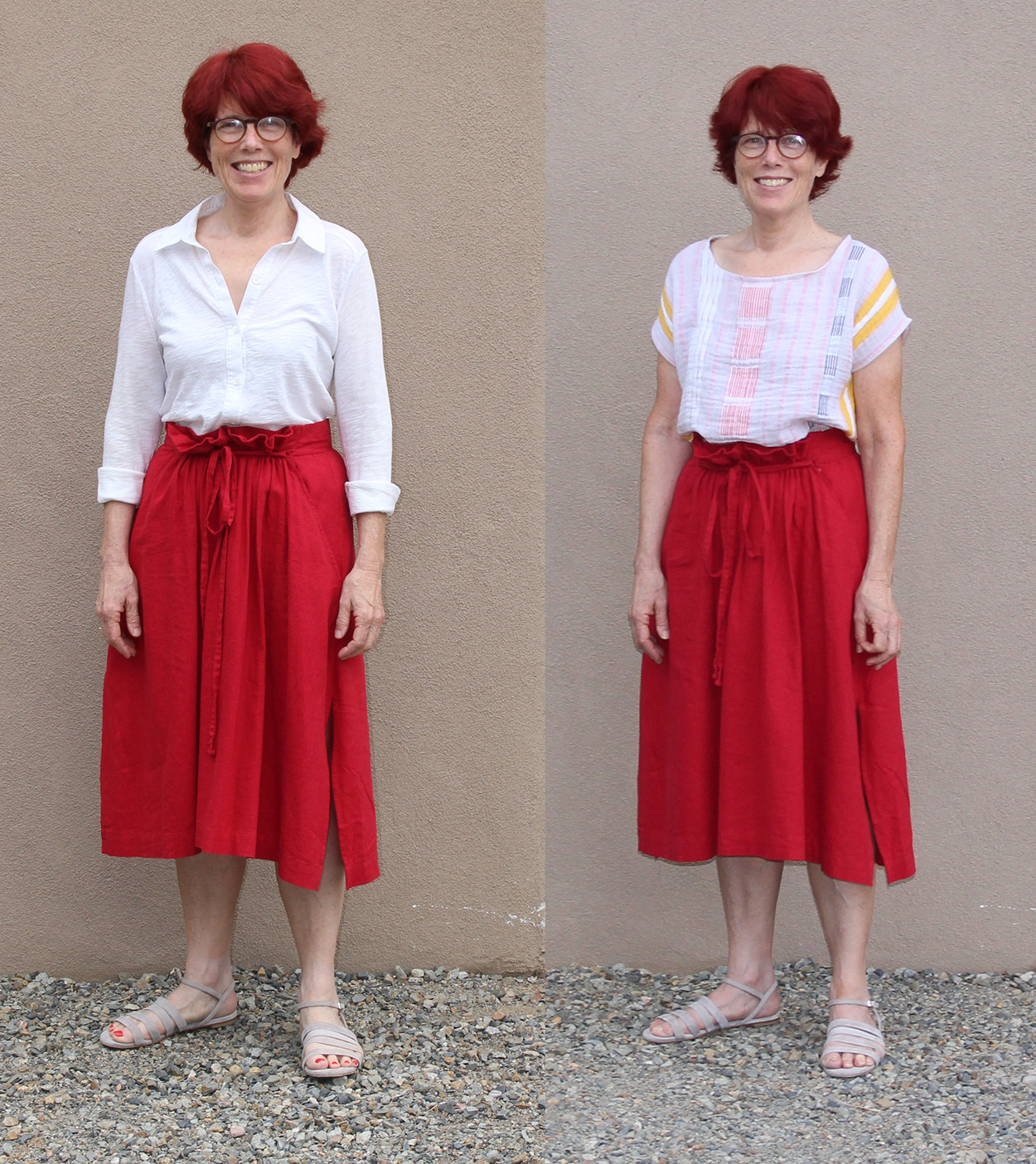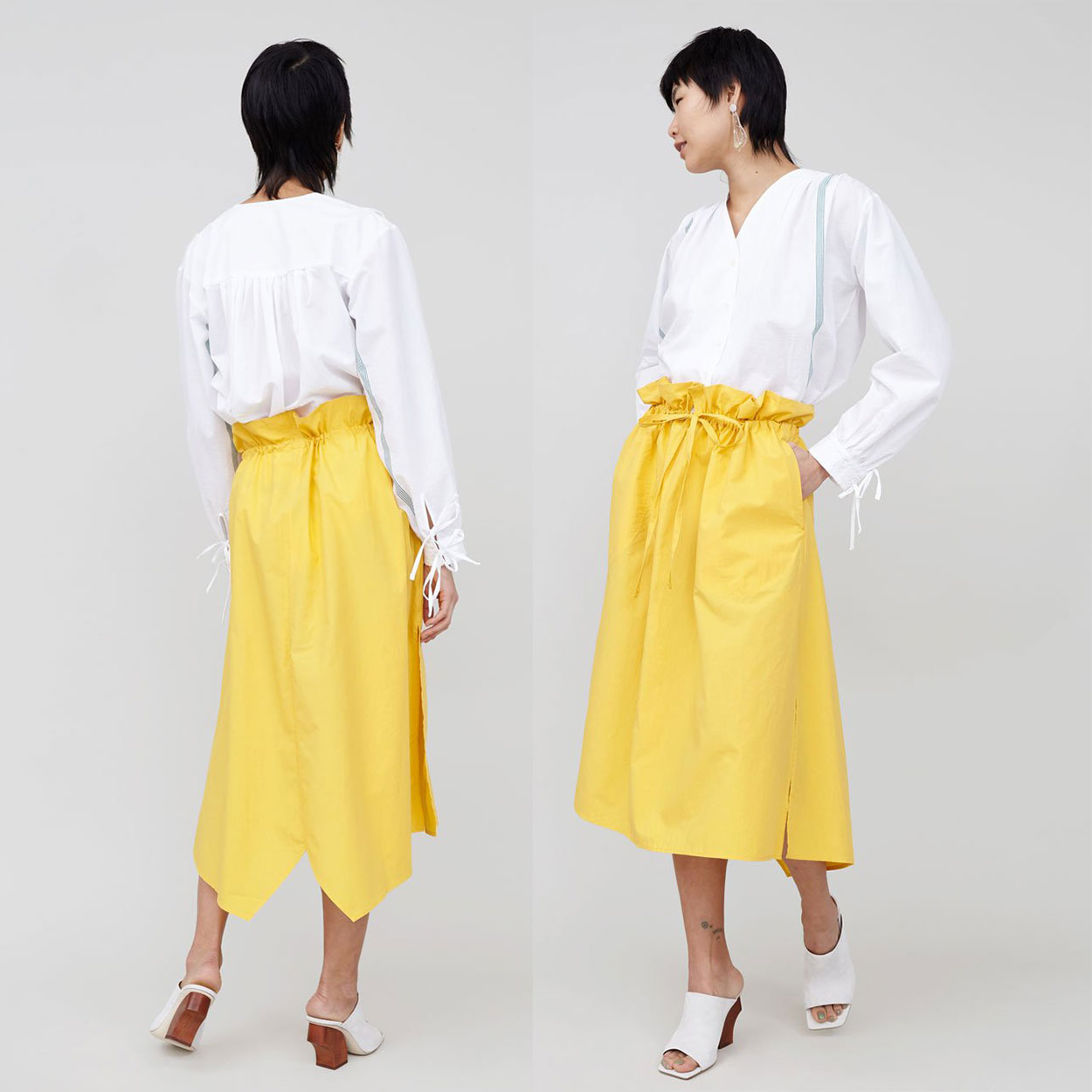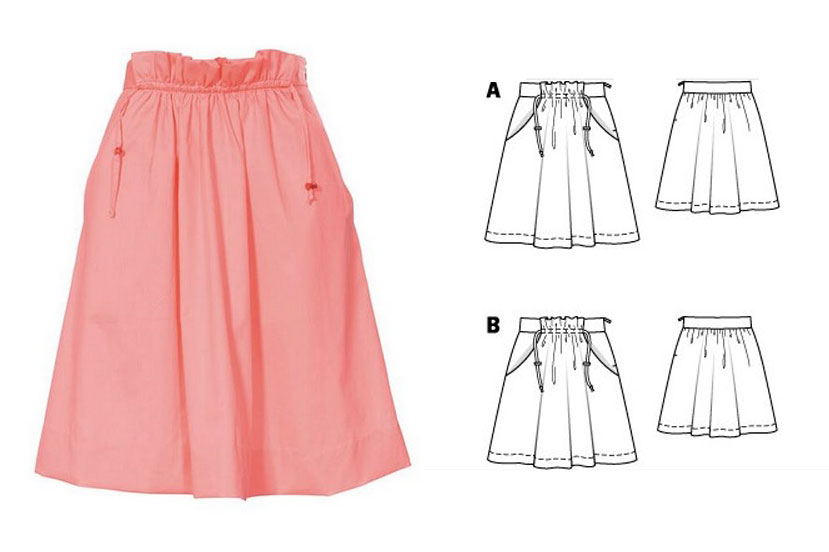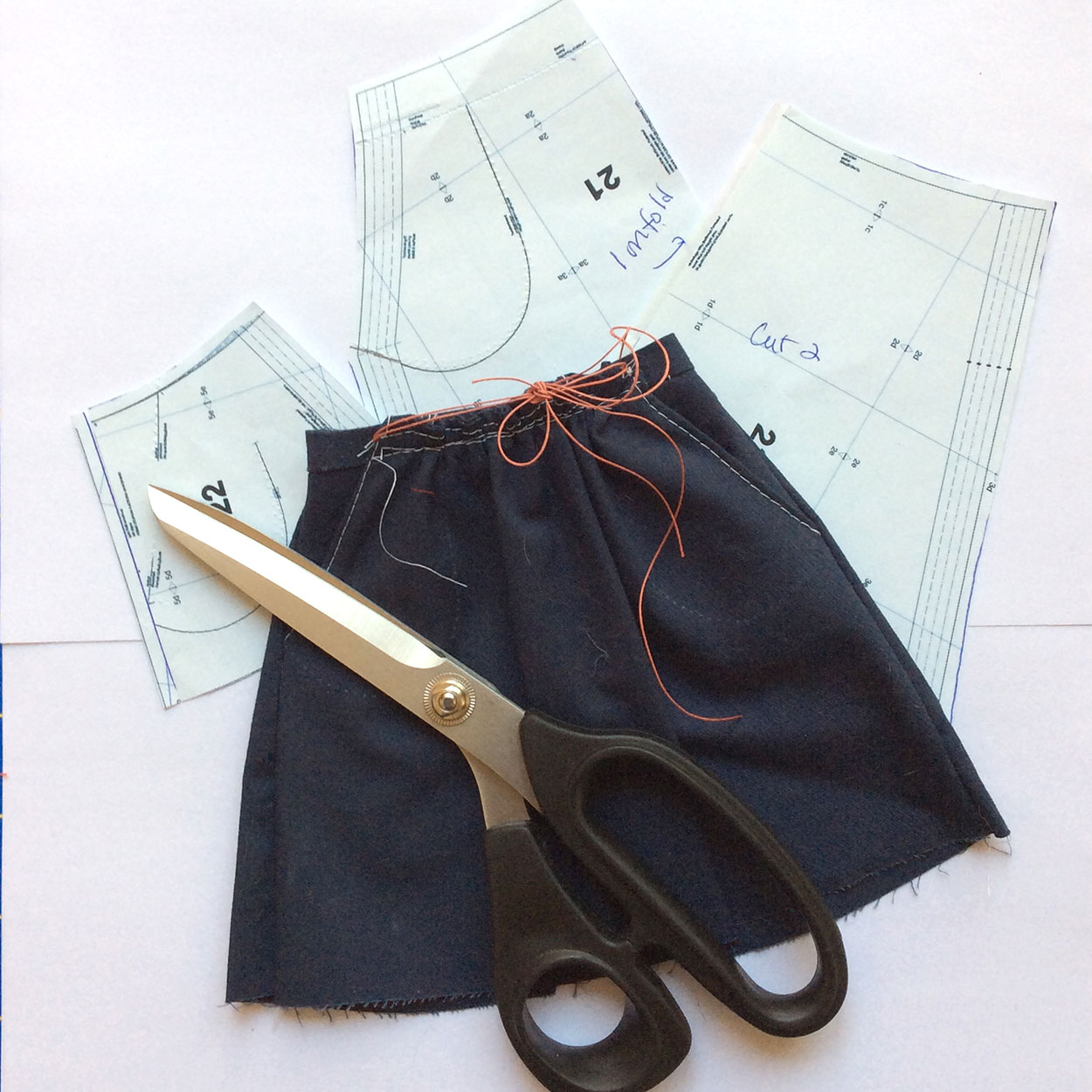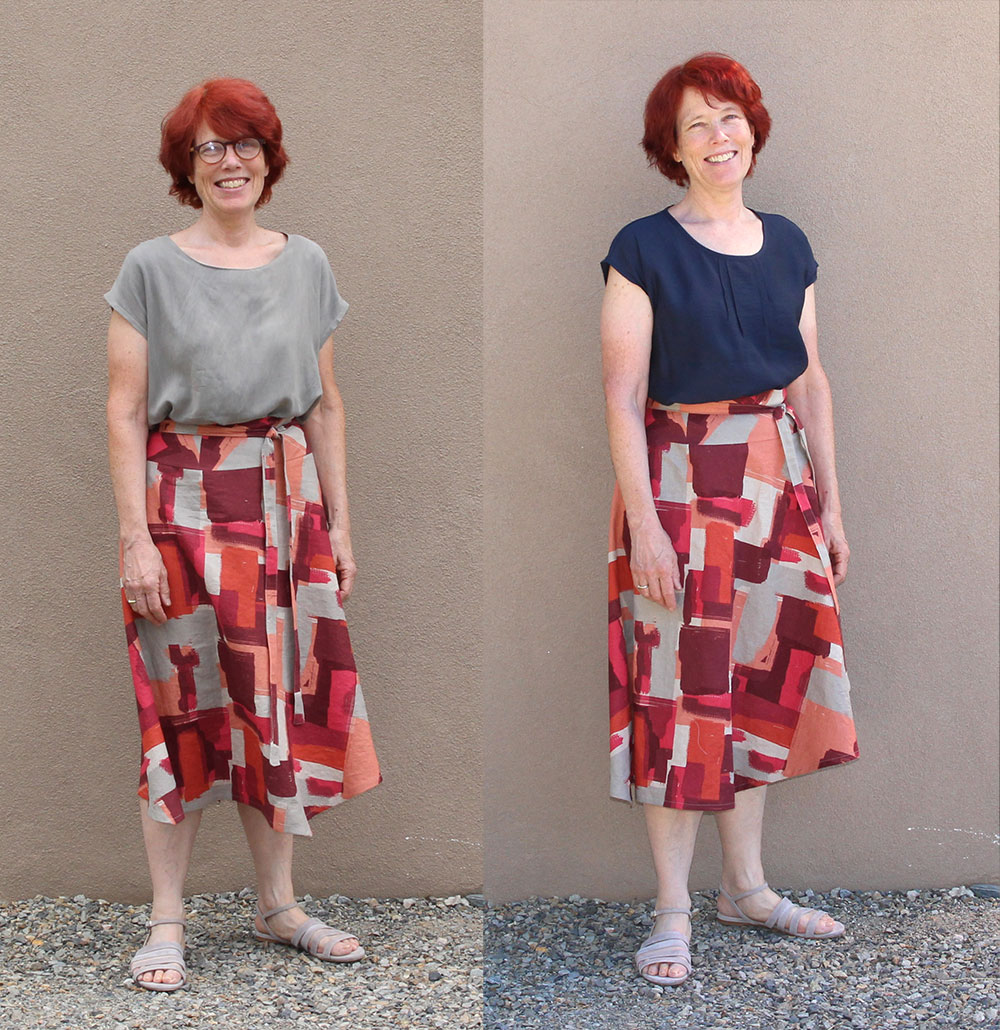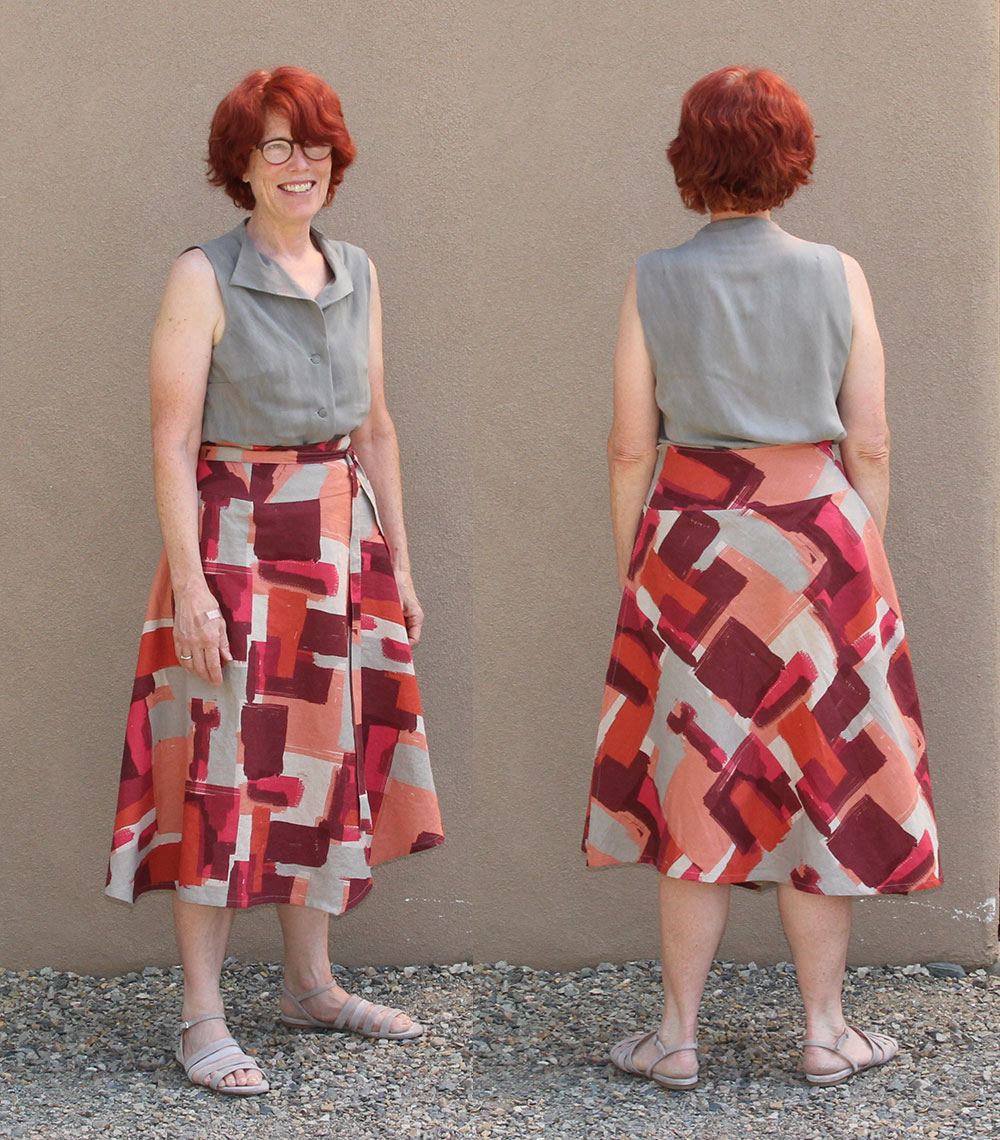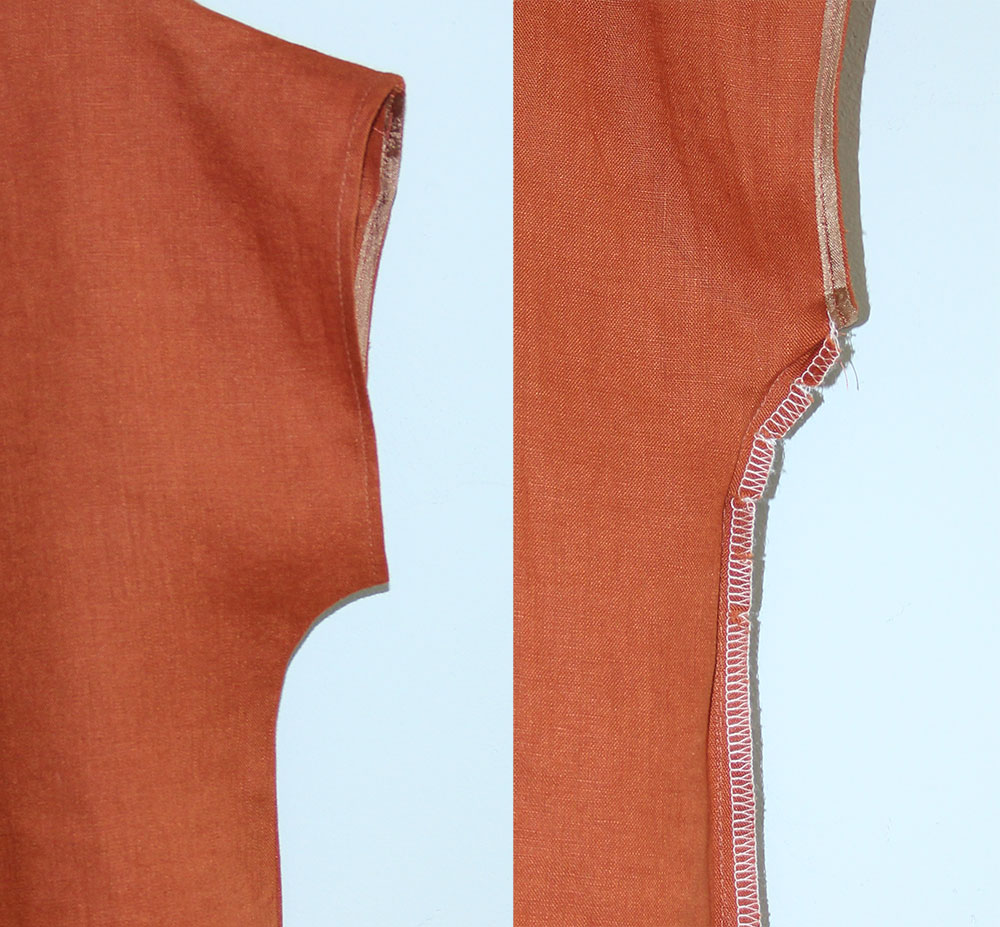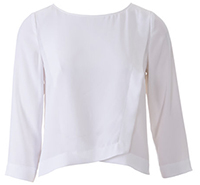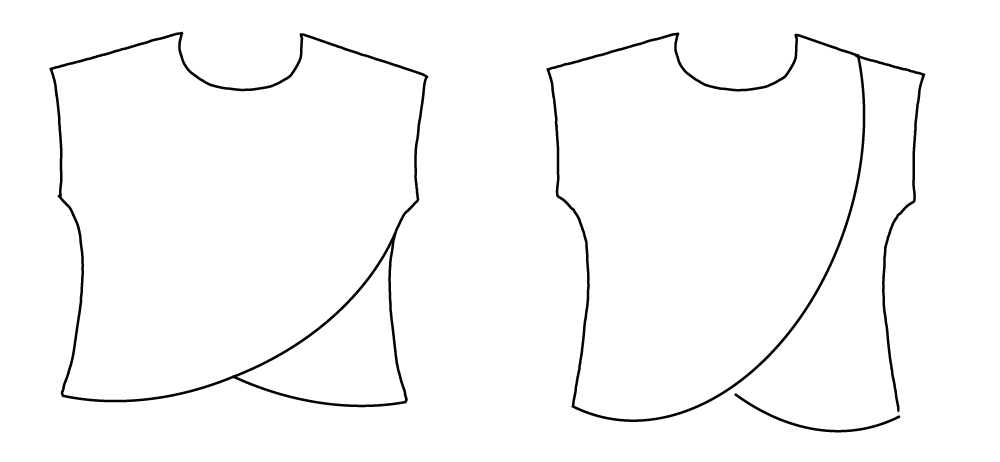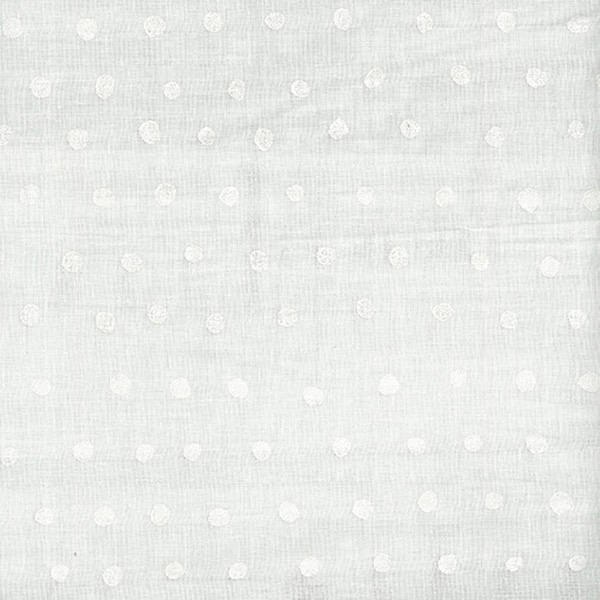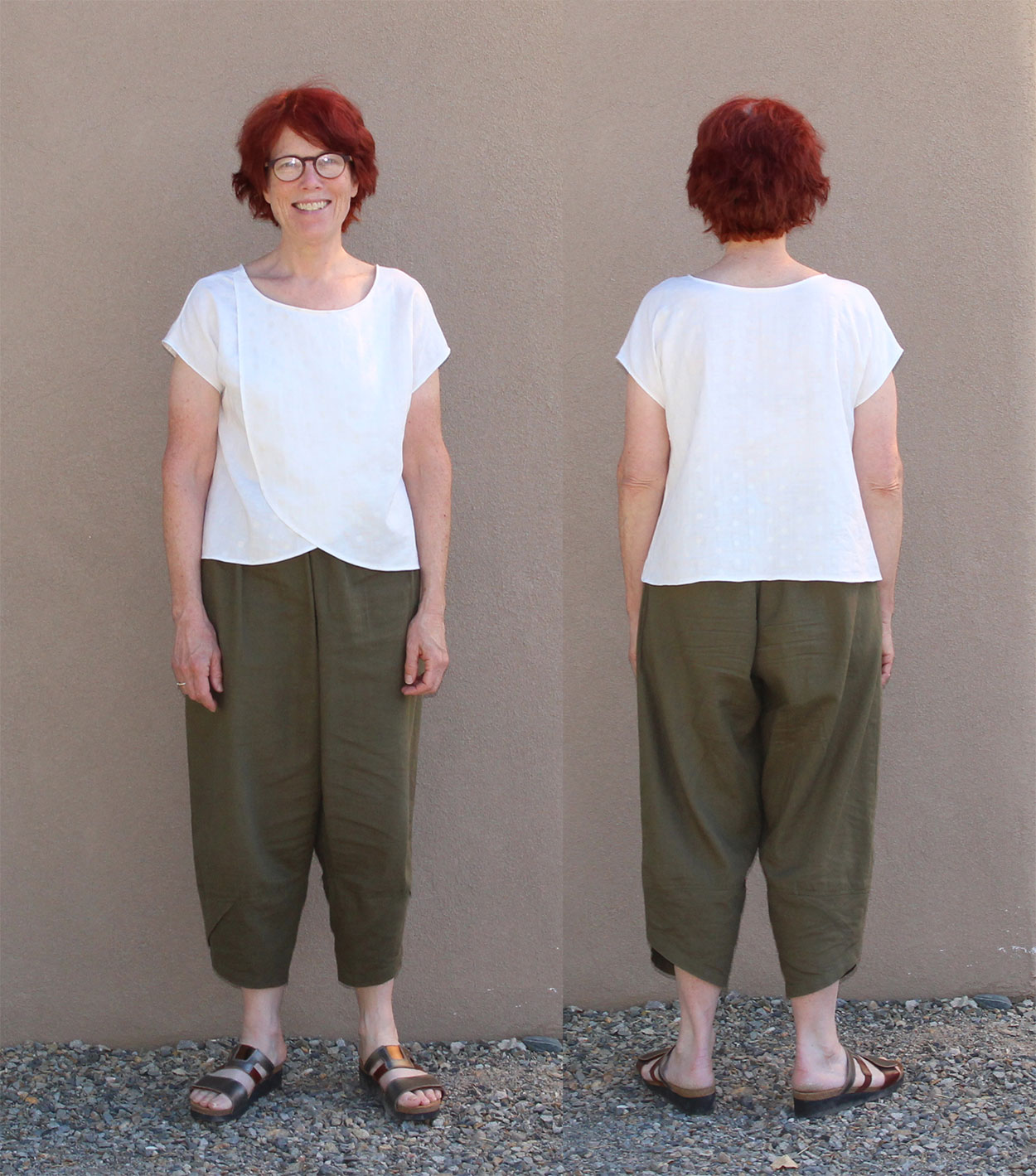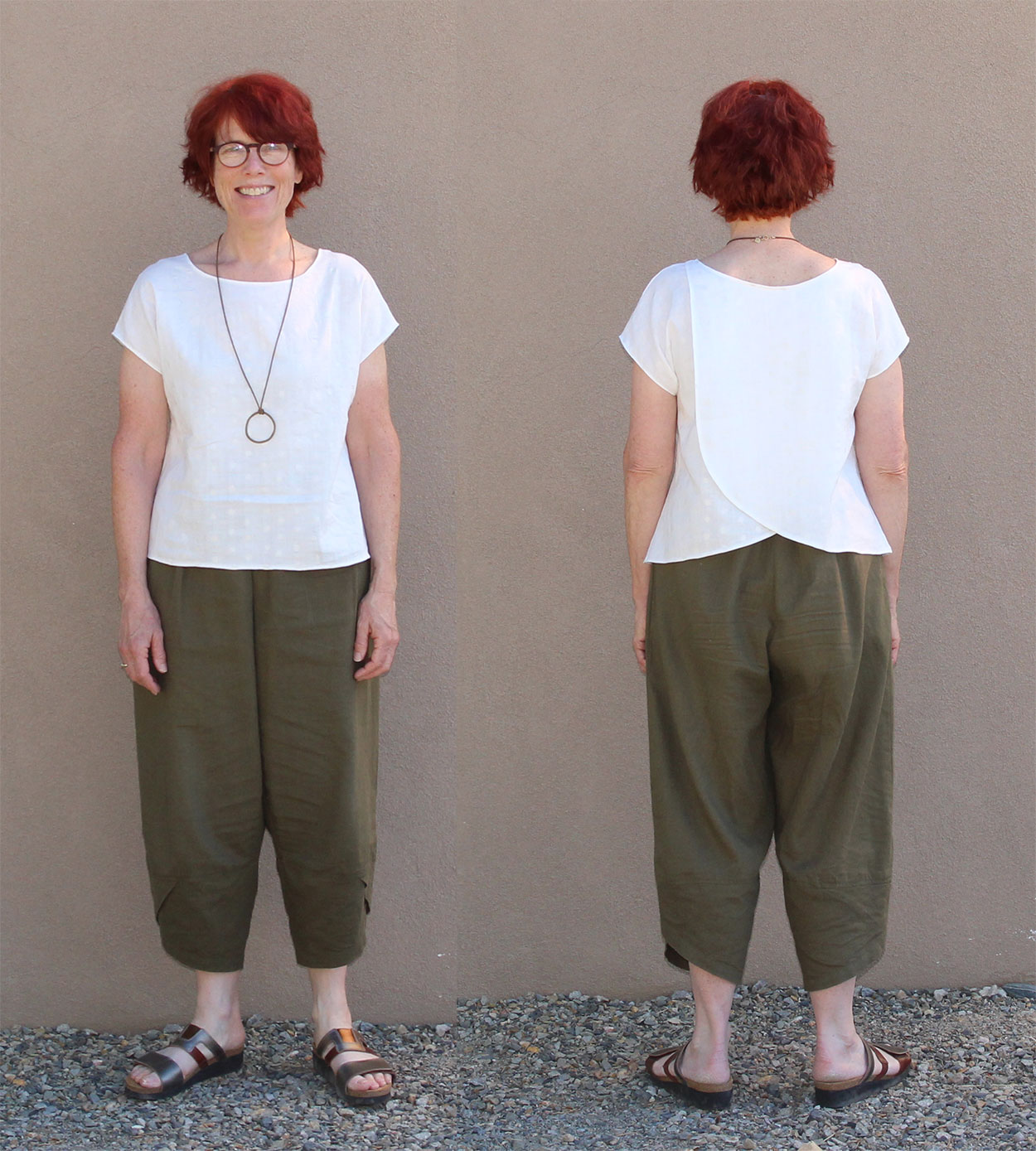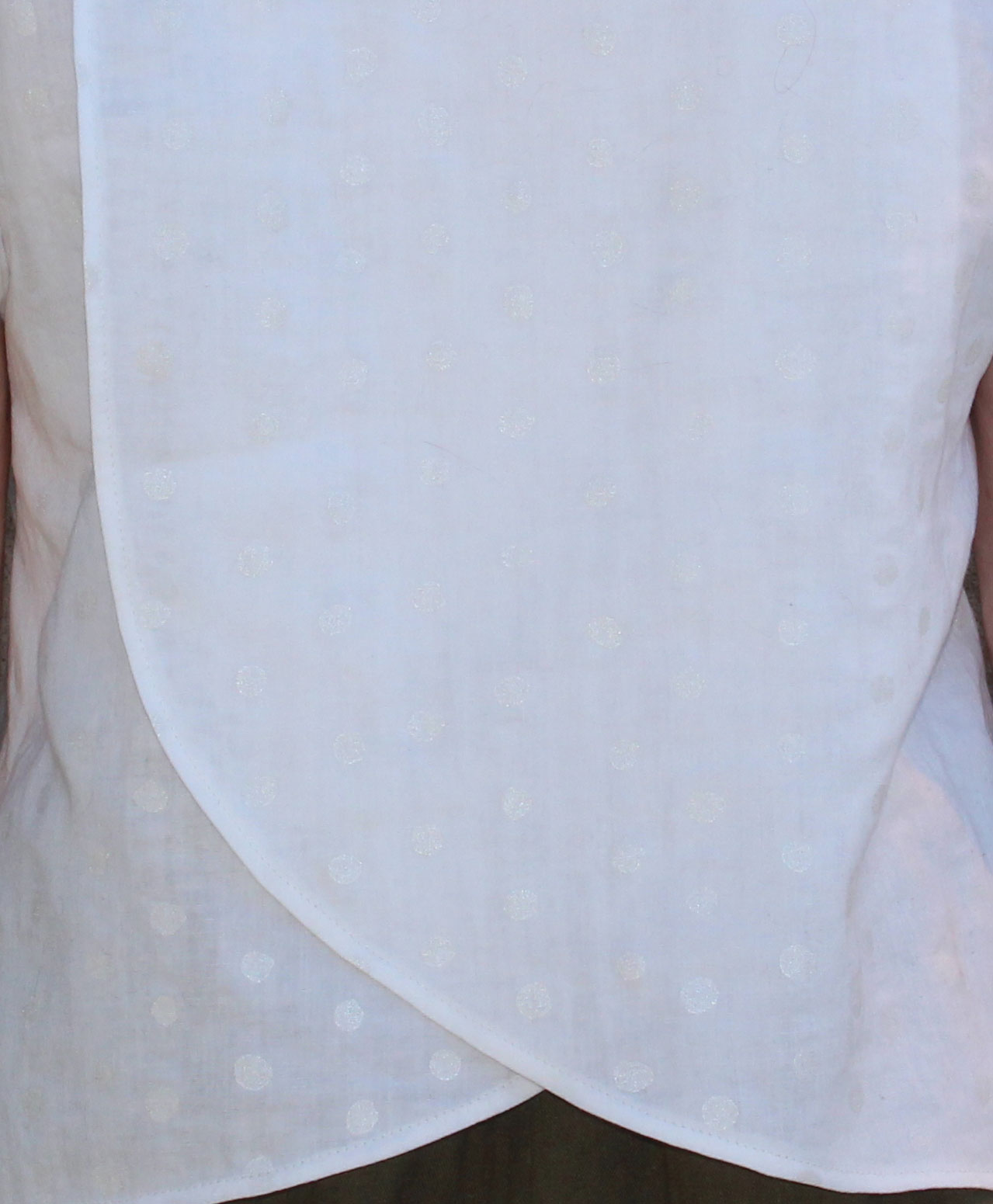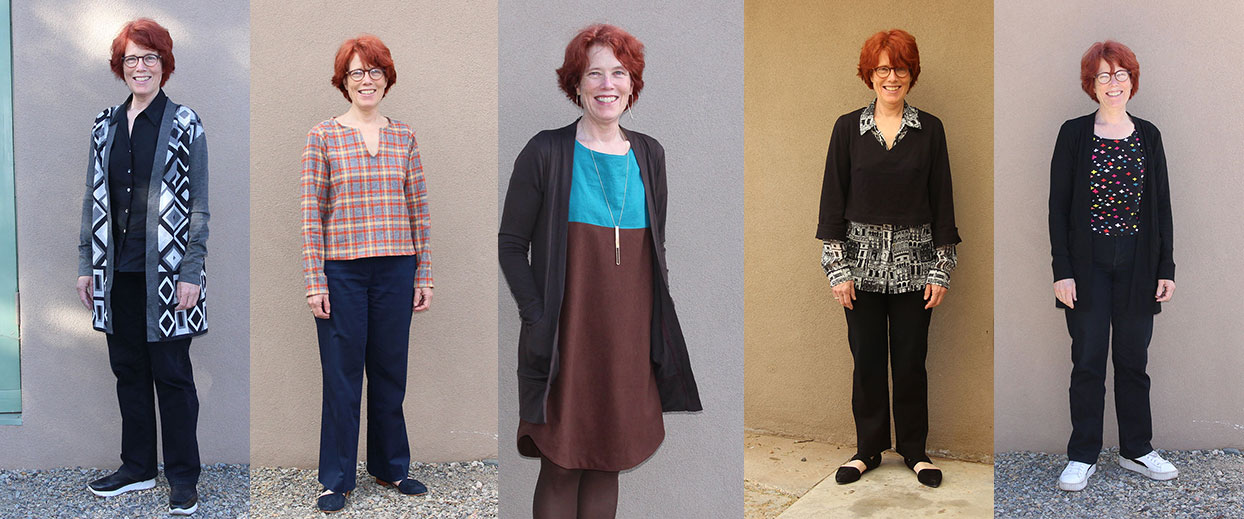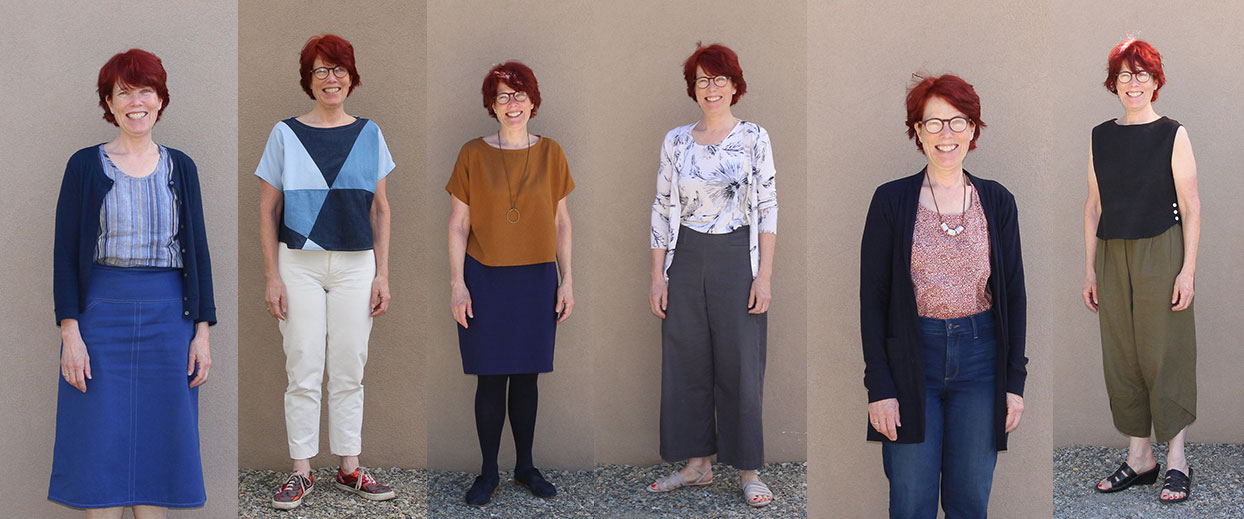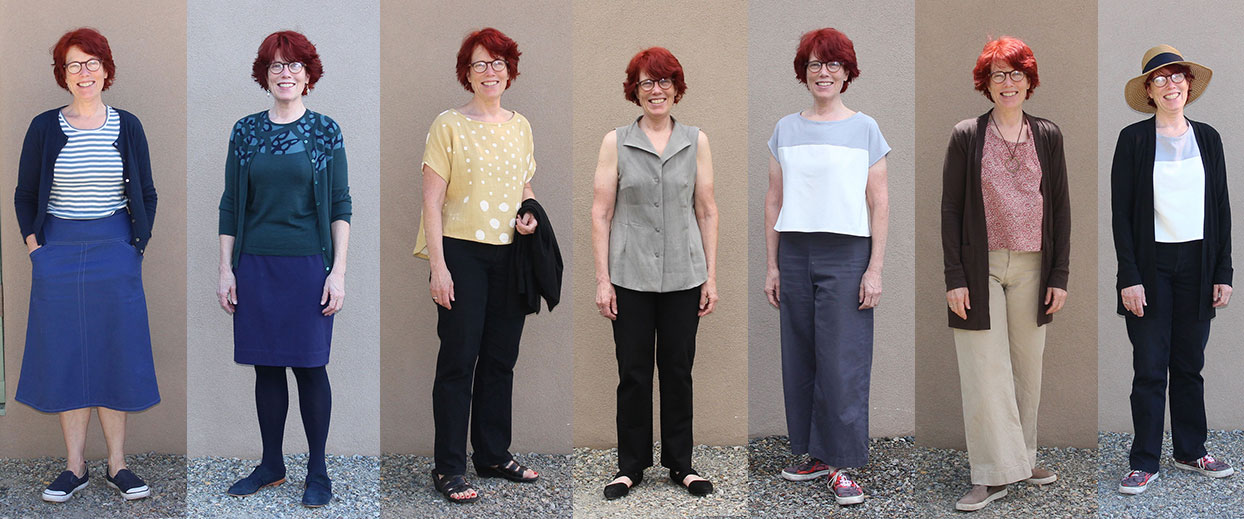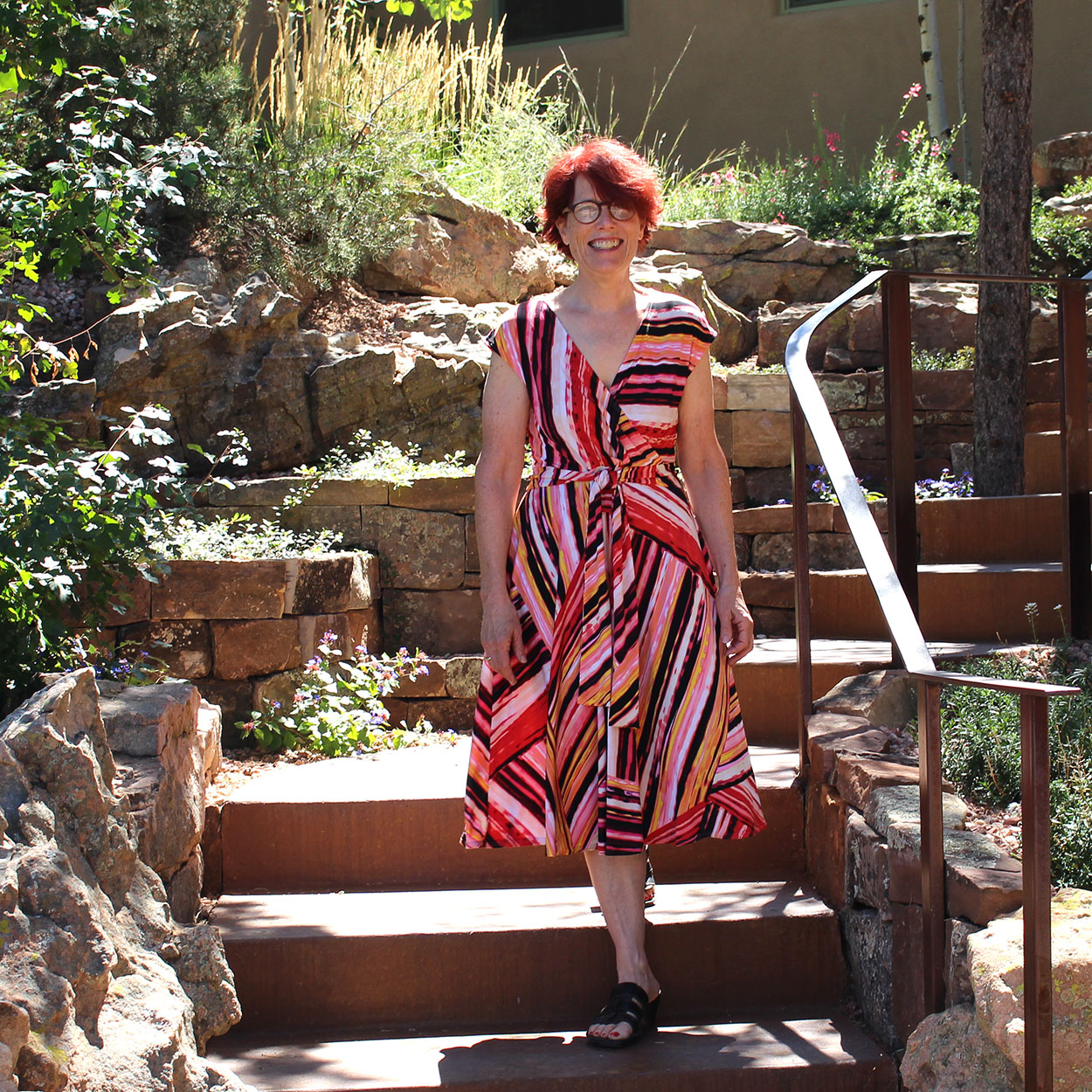
Last month, Gillian, at Crafting a Rainbow, posted about fabric she liked, including ITY (Interlock Twist Yarn) knits. She said “ITY knit makes for fantastic dresses all year round.” I was looking for a fabric to make up Vogue 2017, a knit faux wrap dress (it’s a wrap bodice on top of a circle skirt), and since I thought I’d have to make a muslin first, I decided to give ITY a shot. And it’s all polyester, so I wasn’t sure how I’d like it. But after a bit of searching on-line, I discovered it comes in really wild colorful designs that seemed just right for this dress.
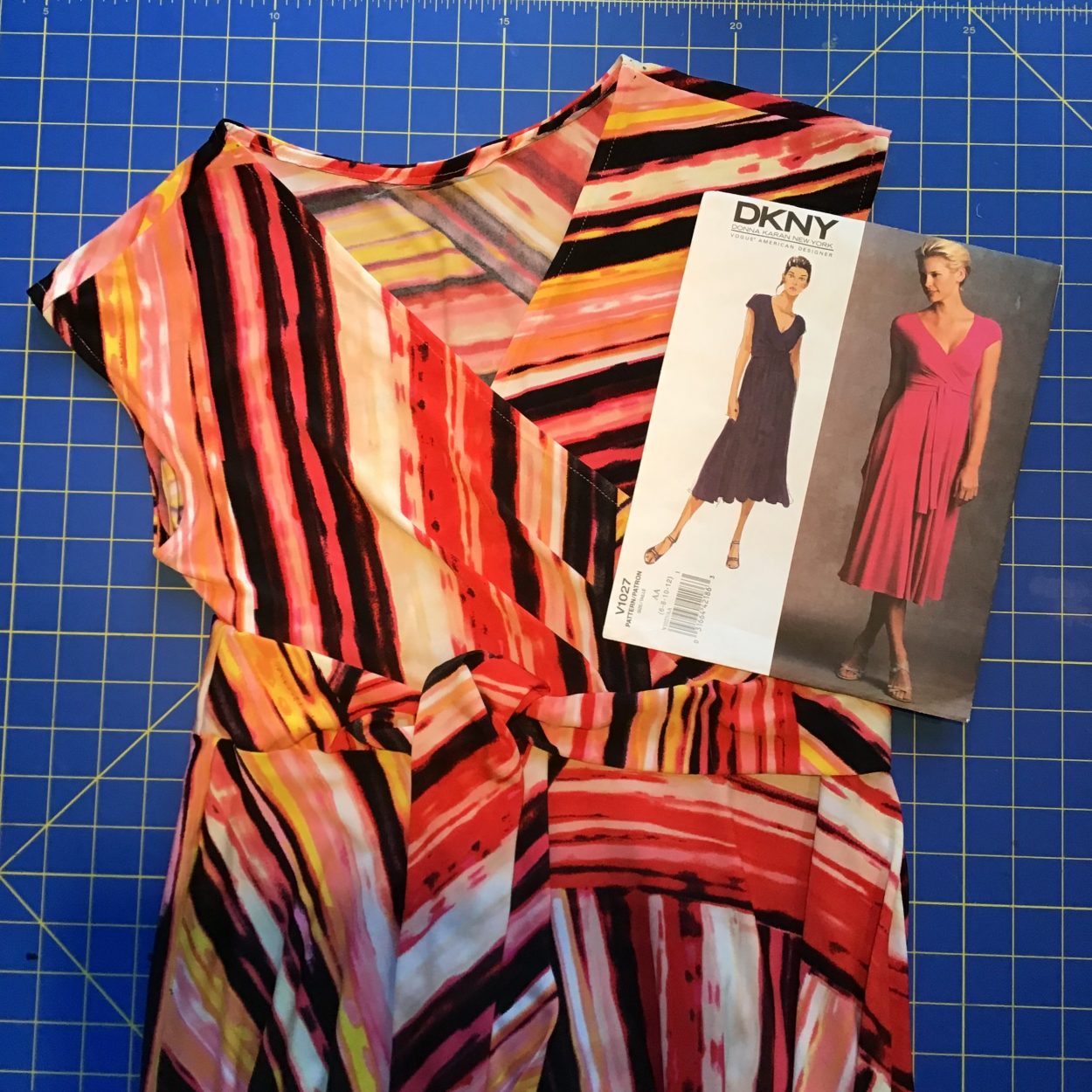
The pattern is out of print (I got mine on Ebay) and before I bought, I read the over 80 reviews on Pattern Review and a bunch of blog posts from people who had made the pattern. I thought the dress looked best in something colorful, and I found a pink, red, black & yellow print from Gorgeous Fabrics that seemed perfect (well, I was leery of the yellow, but hoped the black might down play it!)
Pattern & Construction
Making the dress was straight-forward, especially since the Pattern Review & blog posts mentioned some pitfalls. As drafted, the tie shows the wrong side of the fabric and the neckline is folded over to hem but the armscye has a facing. Several bloggers gave solutions for the tie (here’s one), and I cut a piece of fabric for the neckline and sewed it on like bias tape finish. I also reinforced the neckline with fusible stay tape, which is what I’ve done on my Blackwood cardigans as well. (Don’t know if that was necessary, but seemed prudent.) I basted the bodice and tried it on before attaching the skirt and found the armscye pretty tight, so I removed a bit of fabric from the bottom of the armhole to fix that issue.
My biggest problem was cutting the skirt — it’s 2 big pieces cut on the bias — and it didn’t fit on my cutting table, so I had to use the floor (awkward! and not back friendly). The other issue was marking the dots and such. My water solvable pen is purple and didn’t show up on the black, and my white chalk didn’t work very well either. So after a bit of Googling, I discovered “tailors tacks” — marking the dots by sewing a piece of thread through them.
Lots of people mentioned the pattern ran really large, so I cut a 10 for the top and graded to 12 at the bottom. Usually I would cut a 12 top and grade to 14 at the hip. This is the first pattern I’ve made where I didn’t have gaping problems at the neckline (especially the back), so aside from the tight armscye, fitting was pretty easy.
The Fabric
The ITY feels soft to the touch, the edges curl like my experience with cotton jersey. But the curling was only annoying for the little strips I made for the neckline facing. I used my walking foot on my regular machine for the top stitching and basting, and my serger to finished the seams. When I got everything together and put on the bodice with the skirt, I was surprised by how heavy it felt on my shoulders. But I wore it out to dinner over the weekend, and didn’t notice the weight. Actually the skirt feels pretty airy and float-y.
Result
I was surprised how much I like the finished dress. It’s sweater friendly (no sleeves to bunch up), so I’ll be able to wear it in the fall and spring as well as the summer. And I like the design on the fabric — I was really dubious about yellow, but it’s okay.
I took 3 inches off the hem, but I think I’ll make it a bit longer next time around. I’m planning to make another one in a darker print.
Here’s some pictures.
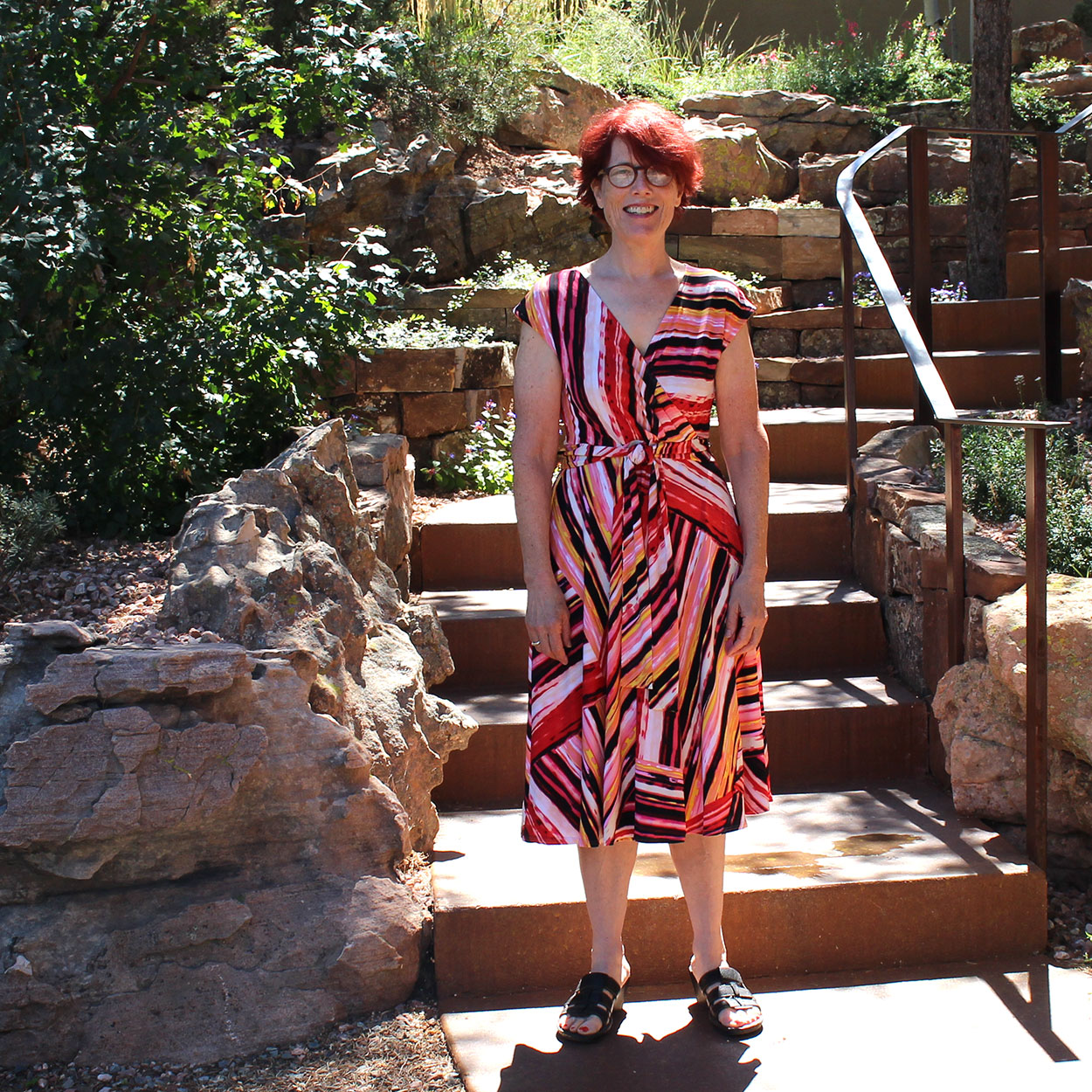
I didn’t notice the wrinkle in the back when I looked in the mirror before my husband took these pictures!
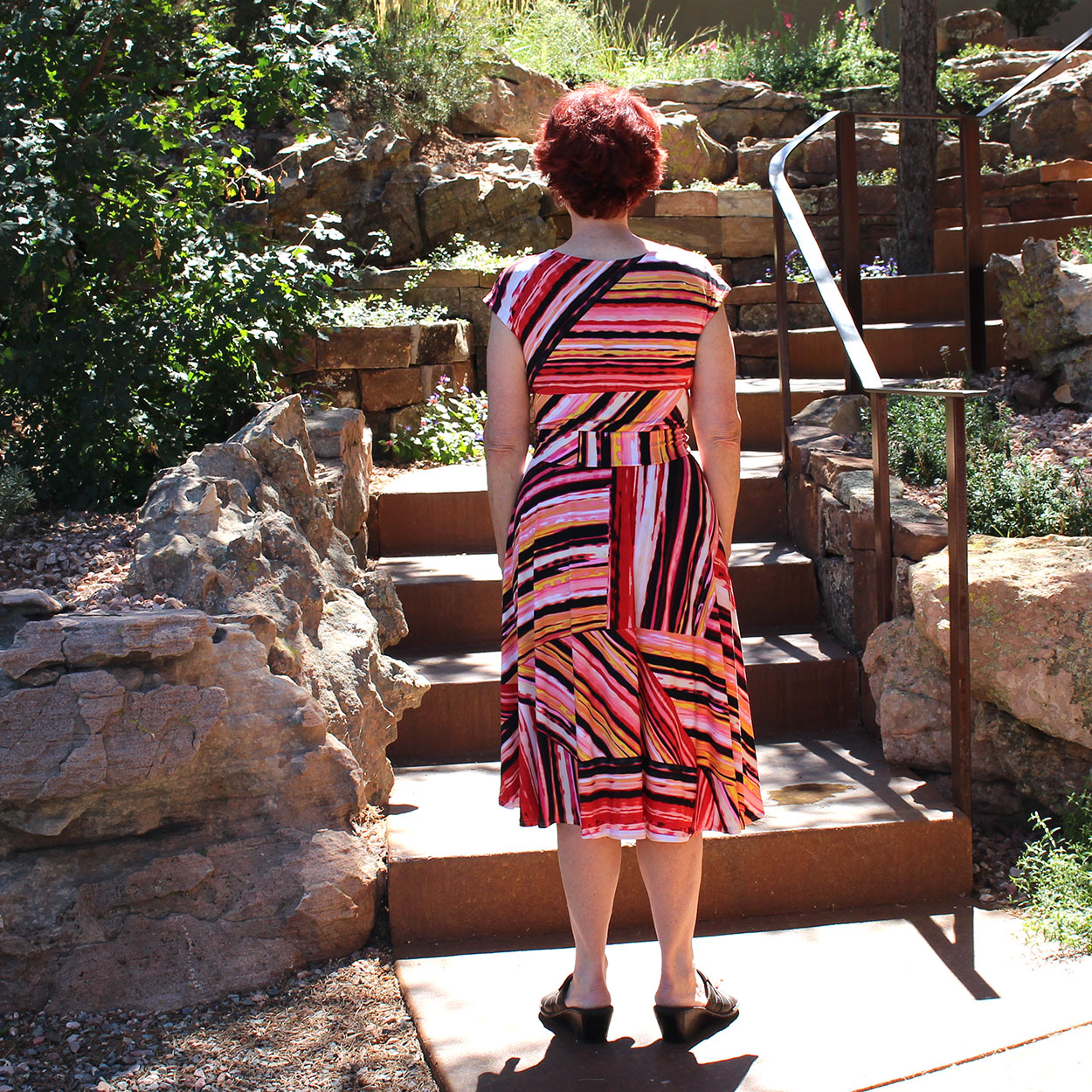
And if the pattern just feels like too much, it looks fine toned down with my Blackwood cardigan.
